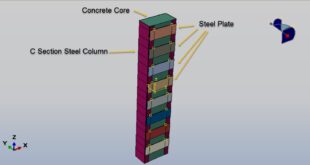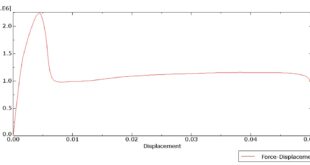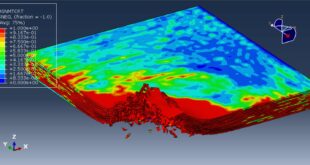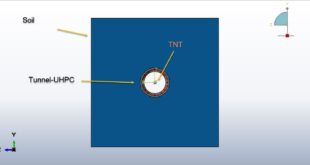In this tutorial, the Simulation CEL explosion over the composite foam-insulated concrete sandwich panels in Abaqus has been studied. Two concrete layers at the front and back are modeled as a three-dimensional solid part. The foam inside those two layers is modeled as a three-dimensional part and the beam as reinforcement inside the concrete is modeled as a wire part. The TNT is modeled as a sphere and eulerian domain as a eulerian part. You can see the assembled parts below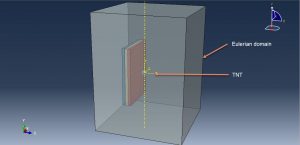
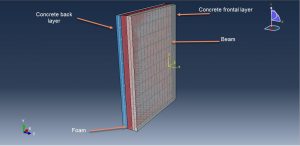
To model, the TNT behavior JWL equation of state is used. The Jones-Wilkens-Lee (or JWL) equation of state models the pressure generated by the release of chemical energy in an explosive. This model is implemented in a form referred to as a programmed burn, which means that the reaction and initiation of the explosive are not determined by shock in the material. Instead, the initiation time is determined by a geometric construction using the detonation wave speed and the distance of the material point from the detonation points. The JWL equation of state can be written like below
To model foam behavior, crashable foam plasticity with hardening is used. The crushable foam model with volumetric hardening uses a yield surface with an elliptical dependence of deviatoric stress on pressure stress. It assumes that the evolution of the yield surface is controlled by the volumetric compacting plastic strain experienced by the material. To model concrete behavior under a massive pressure load, the Johnson Holmquist model is used and for steel beam, Johnson-Cook plasticity and damage are used. The dynamic explicit step is appropriate for this type of analysis. The interaction between concrete slabs and foam are considered as perfect contact and for all part in the eulerian domain, the general contact with property has selected. The beam parts are embedded inside the concretes host. The fixed boundary is assigned to the foam and concretes out surfaces. The proper eulerian boundary is assigned to the eulerian domain and to define eulerian material, volume fraction method is used. The mesh size has a great effect on the final results. After the simulation all results such as damage, stress, strain,…can be available. You can see some figures for the result below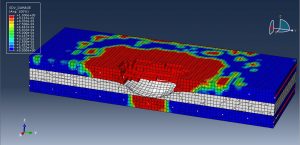
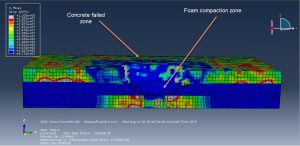
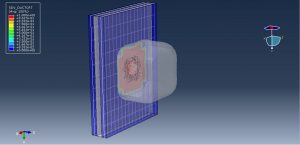
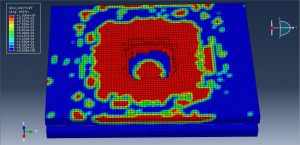
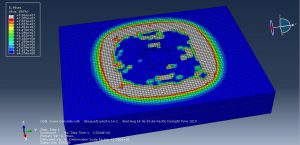
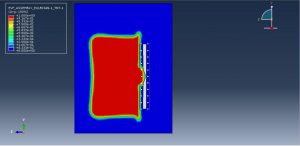
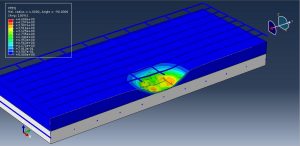
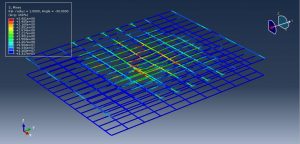
You can provide CAE ,INP,and English video files of this simulation here. The cost of these files is Thirty-One Euros. you can click on the bellow bottom to beginning process
You can purchase the tutorial through a PayPal account, a Visa, or a Master card, just before payment,send me an email to this address: karampourp@gmail.com
 Abaqus tutorials Abaqus tutorials
Abaqus tutorials Abaqus tutorials
